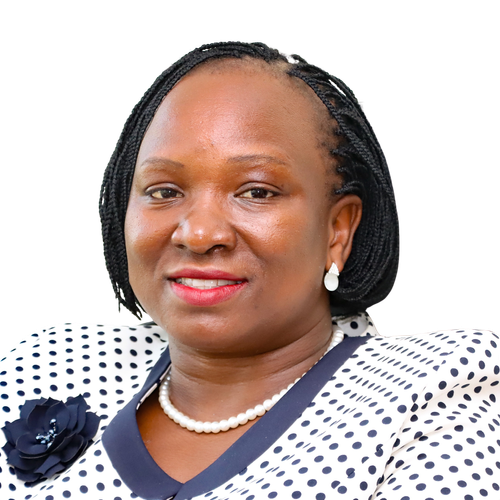The microinsurance market is a promising source of economic growth for developing countries. There are two factors that contribute to the success of micro-financial practices in Africa. According to Microinsurance Network Landscape Report 2021, on average microinsurance products in Africa reached a median of 6,000 policy holders and generated a median of USD $79,500 in premiums in 2020. The three most popular types of microinsurance products from 2014 to 2020 were credit life, funeral, and health. Approximately between 17 million and 37 million individuals were covered by microinsurance in 13 of 52 countries in Africa. This is equivalent to an estimated proportion of 4% to 9% of the targeted population being covered by a microinsurance product.
Africa’s pension assets are very small relative to the global market—approximately only 20% of people above statutory retirement age receive a pension in sub-Saharan Africa, and just 8.9% of the labour force are covered by pension schemes. This is much lower compared to the global average where 77.5% of people above statutory age and 53.7% of workers have pension coverage. There are numerous factors contributing to the low contributions: low earnings, high informality, high financial illiteracy levels and lack of proper information about the benefits of adequate contributions for future pension withdrawals.
Expanding Pension and Micro-Insurance in Africa
Brought to you by
Speakers
Minister of State Public Investments and Resource Mobilization, Ministry of Finance and Economic Planning






